Jean Gabin once said, “A man always drinks where he feels most at home.” If that place happens to be in the vine-rich hills stretching from Anjou to Touraine, consider yourself lucky. The locals here have perfected the art of drinking well without the fanfare. The loquacious waiter in Angers will offer you a flute with the modesty of a priest pouring holy water. It’s sparkling, it’s nuanced, and no, it doesn’t officially hail from Champagne. But let’s not stand on ceremony.
Let’s spool back a bit. In 1905, when France began formalizing the delineation of wine regions, it was the Champagne houses that secured the name and the glory that followed. But in the Loire Valley, vintners had long been producing méthode traditionnelle sparkling wines of their own. In 1975, this effort was officially recognized under the name “Crémant de Loire” — a title that cheerfully refuses to prance about with grand cru ambitions while still delivering something worth lingering over. Today, over 90% of these wines are white, often from Chenin Blanc, sometimes blended with Cabernet Franc or Chardonnay, and increasingly appreciated by those who keep one foot in tradition and the other in a sound financial decision.
And let’s be honest. To call this the insider’s bubbly may be a faux pas — it makes it sound like these wines are confined to dim cellars and hushed conversations. In truth, they’re popping up everywhere—from hip Parisian wine bars to discreet countryside weddings. Ironically, the same guests who scoffed at “budget” alternatives go back for a second pour, often without noticing the label doesn’t wear the word ‘Champagne’ like a medal of nobility.
The Practical Case for Opting Loire Over Label
The allure? For starters, Crémant de Loire is not bound to a single postage-stamp of terroir. Covering over 150 kilometers along the Loire, this designation includes limestone-rich soils of Saumur and the schist and slate of Anjou and Touraine. Diversity here isn’t a disadvantage—it’s an invitation. Whether you’re after citrus brightness or creamy brioche notes, there’s likely a bottle that matches your moment. All of them are made in the same labor-intensive method as Champagne — second fermentation in bottle, time on lees — but without the inevitable financial guilt.
Consider Saumur, whose chalky tuffeau caves offer the perfect environment for aging sparkling wines at a steady 12°C. Producers such as Bouvet-Ladubay or Langlois-Château (for the record, owned by the Bollinger family) craft wines that effortlessly walk the line between freshness and finesse. And if a bottle of well-aged Crémant from Monmousseau sets you back 18 euros, it still holds its own against a middling Champagne that costs twice that — twice the price, not necessarily twice the pleasure.
Let’s not forget the local playfulness: there are even Pet-Nats (pétillants naturels) that flirt with funk and quirk, the choice of sommeliers and artists. In a blind tasting, you’d be surprised how often a Loire sparkler wins hearts and palates over a tired Champagne house going through the motions. These wines aren’t cheap alternatives; they’re compelling in their own right. So, whether you’re uncorking a Chenin-dominant Crémant with notes of baked pear and almond, or something more floral and mineral, you’re choosing complexity over conformity. And yes, your wallet may pour you a thank-you glass too.
A curious detail for the wine-curious: the Crémant de Loire appellation stipulates a minimum of 12 months aging on lees — very respectable, and enough to coax out that subtle autolytic edge — the nutty, bread-dough whisper that’s the mark of time well spent. Moreover, mechanical harvesting is still forbidden; grapes must be picked by hand, a nod to quality seldom shouted from rooftops but meaningful to those who know how many hands it takes to fill a bottle with soul.
If there’s one tip to pocket for your next wine shop visit (or Loire adventure), it’s this: seek out bottles labeled “Brut Zéro” for no-added sugar pride, or “Millésimé” for vintage expressions. These indicators signal a winemaker confident enough to let the wine speak in its own timbre. Bubbles, after all, should reflect place—and Loire has many stories to fizz through every glass.
In the end, if you walk away remembering just one thing, let it be this: a thoughtfully crafted Crémant from the Loire Valley, priced around $20 and made with grapes harvested by hand and aged with care, often outshines a mass-market Champagne. And as Louis de Funès might have quipped while sipping on a flute mid-chaos: “C’est pas du luxe, c’est du goût.” (“It’s not about luxury, it’s about taste.”)
Curious to explore more? Let the Loire’s vineyards tempt your next picnic or celebration, and if you’re tempted to deepen the acquaintance, you just might find a mailing list waiting to be flirted with at the bottom of the page.
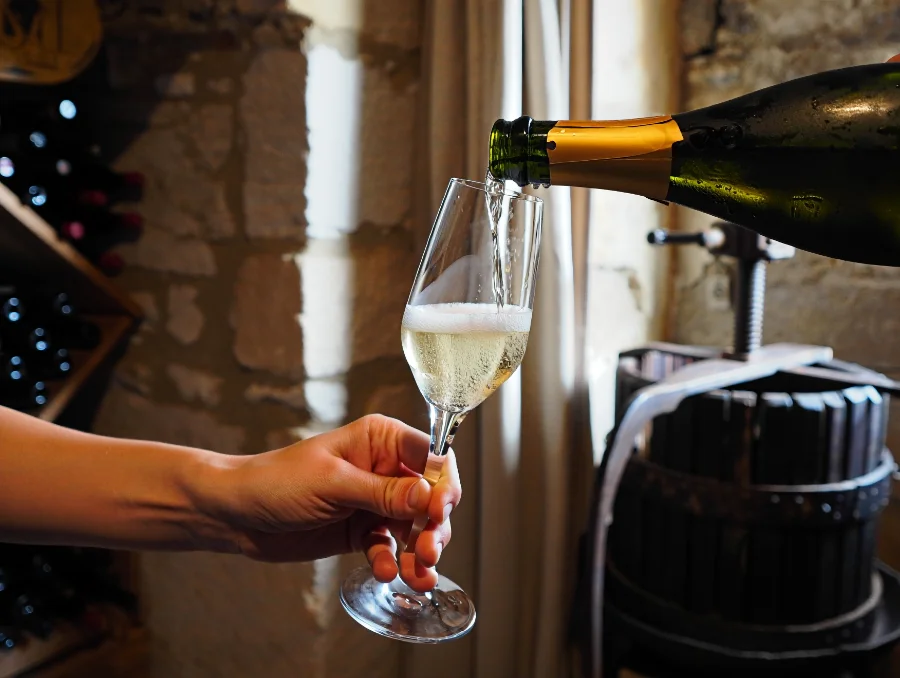



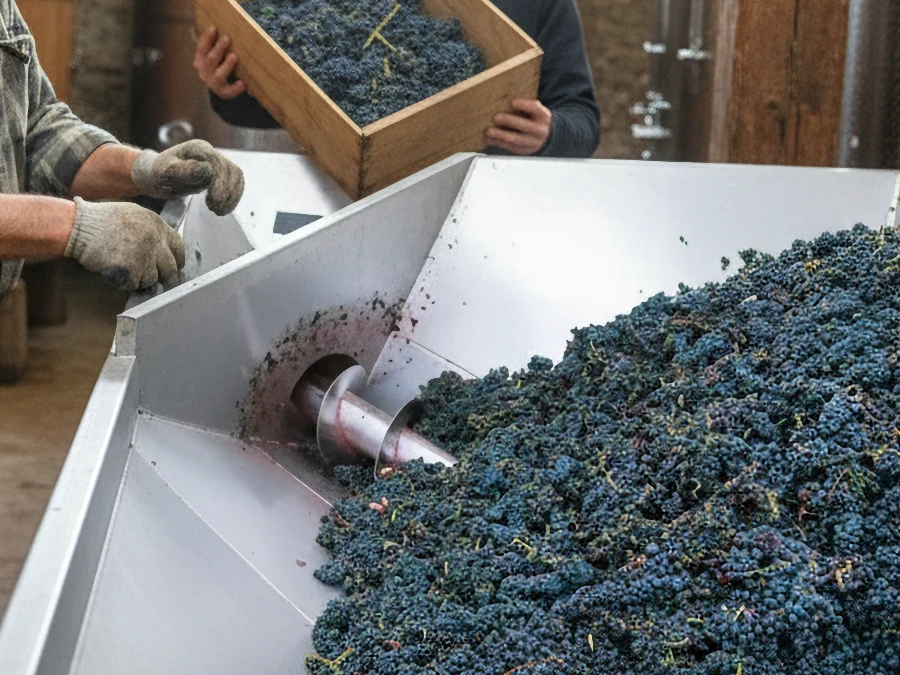
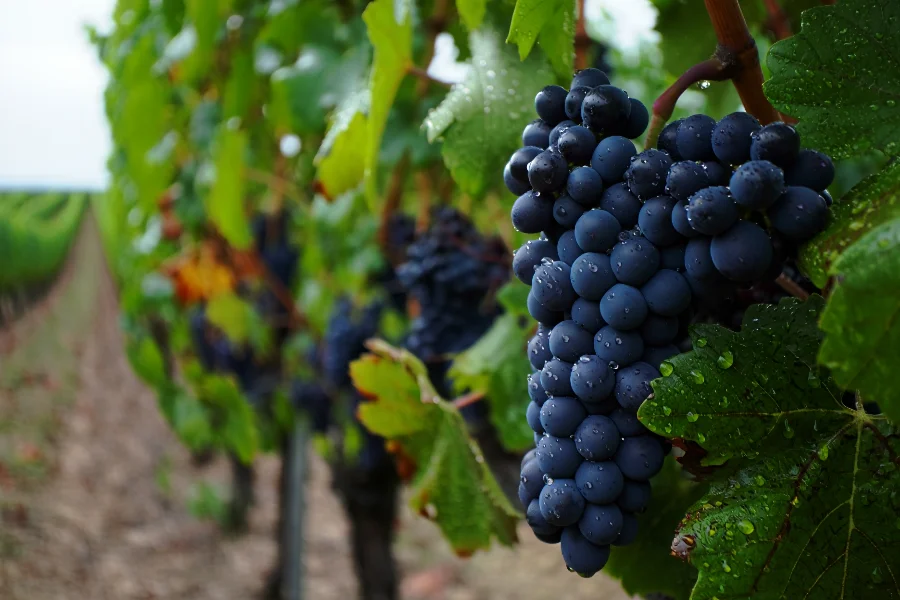

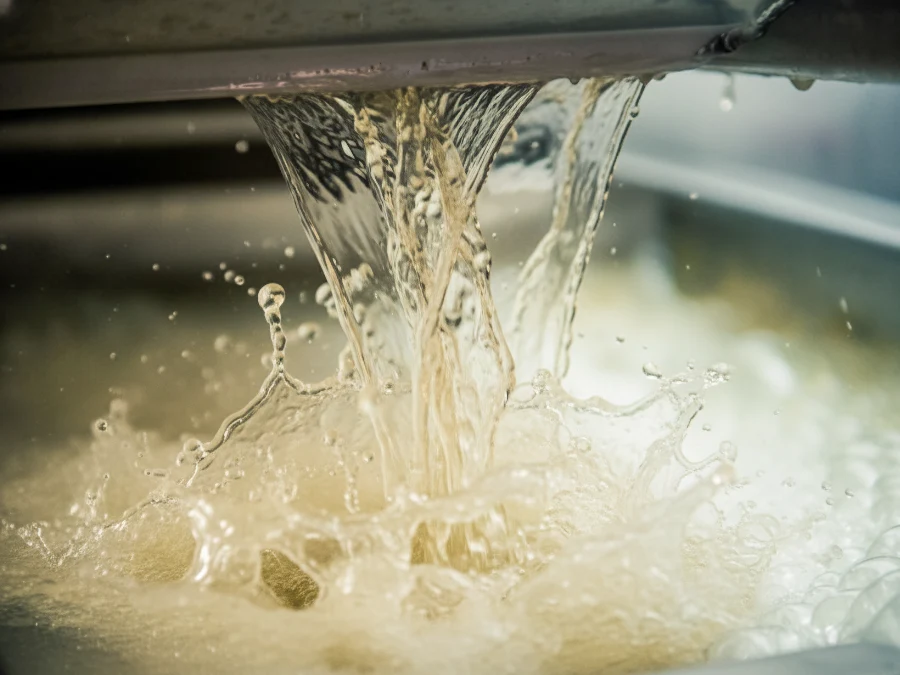
![PODCAST [S1E4] – The Well-Kept Secrets of Anjou-Saumur Wines](https://divineloire.fr/en/wp-content/uploads/2025/11/geologie-des-vins-d-anjou-saumur-1.webp)
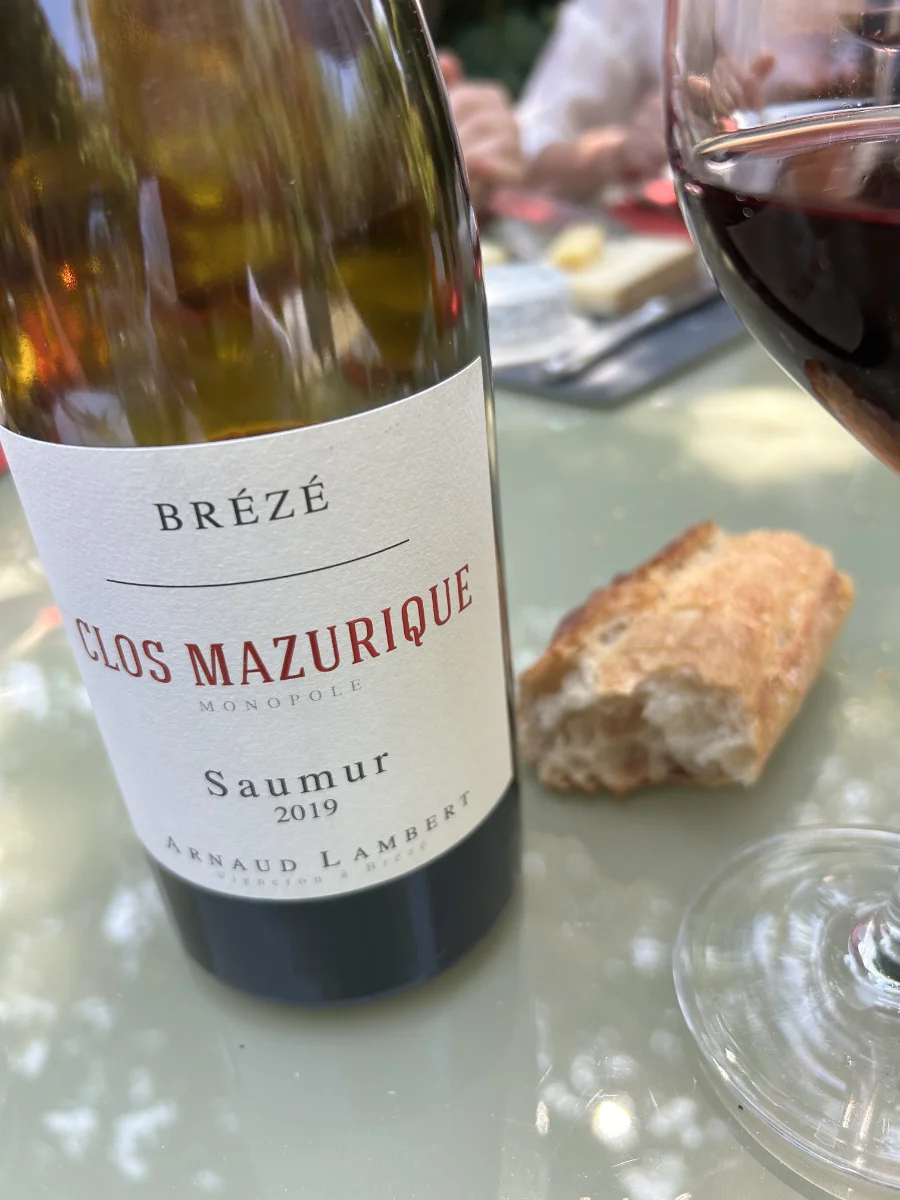
![PODCAST [S1E3] – Chinon, Vouvray, Bourgueil: The Holy Trinity of Touraine Vineyards](https://divineloire.fr/en/wp-content/uploads/2025/11/vignobles-touraine-chinon-vouvray-bourgueil-1-1.webp)